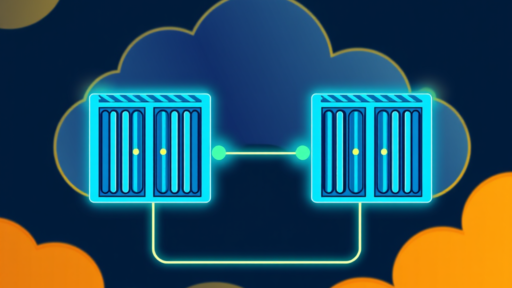Managing Docker Compose programmatically from within a Docker container can be an exciting opportunity for developers who are looking to automate their workflows and optimize their development environments. As many developers work with microservices or complex applications requiring numerous interconnected containers, understanding the ins and outs of Docker Compose management via scripts or APIs can save time and enhance productivity. This article explores this topic, offering insights into the best practices while highlighting potential challenges and solutions.
Understanding the Need for Programmatic Management
Docker and Docker Compose revolutionized the way developers manage containers and build isolated environments. However, with increased complexity in applications, there arises a need for more granular control through automation and scripting. The programmatic management of Docker Compose from within a container involves executing commands or scripts that offer more flexibility and control over how containers are orchestrated.
Benefits of Programmatic Docker Compose Management
Migrating from manual management to a programmatic approach can be advantageous because:
- Efficiency: Automating repetitive tasks reduces errors and boosts productivity.
- Consistency: Scripts ensure that the execution environment remains consistent across different stages of development and production.
- Scalability: Managing containers programmatically enables easy scaling as application demand increases.
Getting Started: Tools and APIs for Programmatic Management
If you are looking to manage Docker Compose from within a container, a few key tools and APIs can help you in this journey.
1. Docker SDK for Python
The Docker SDK for Python offers a Python interface to interact with Docker APIs. This can be beneficial if Python is your language of choice. Here’s a quick example of how you can use it:
import docker
client = docker.from_env()
services = client.services.list()
for service in services:
print(service.name)
This snippet demonstrates how you can list running services within your Docker environment.
2. Docker API
Docker’s REST API is another powerful tool for programmatic management. This API can be used within any environment that supports HTTP requests, making it highly versatile. A typical HTTP GET request to fetch Docker information might look as follows:
import requests
response = requests.get('http://localhost:2375/info')
print(response.json())
Ensure that Docker’s daemon API is exposed and accessible from the container managing these requests.
3. Docker Compose CLI Commands
For developers who wish to stay within native Docker tools, the Docker Compose CLI can also be scripted via shell commands. This involves installing Docker Compose inside a container and executing commands using subprocesses. Example:
import subprocess subprocess.run(["docker-compose", "up", "-d"])
This command starts containers defined in a Docker Compose file in detached mode.
Configuring Containers for Programmatic Management
To manage Docker Compose effectively from within a container, the environment must be configured correctly. Here are some considerations:
Network and Port Configurations
Ensure that Docker’s daemon port (default 2375) is accessible. This might involve altering Docker’s default settings for security reasons or configuring your Docker network appropriately.
Volume Mounts
Managing files such as Docker Compose configurations or environment variables may require mounting specific volumes between the host and the container. For example:
version: '3'
services:
manager:
image: your-manager-image
volumes:
- /var/run/docker.sock:/var/run/docker.sock
Mapping the Docker sock ensures that the Docker API inside the container aligns with that of the host.
Security Concerns and Best Practices
Security should take precedence when exposing Docker’s APIs or dealing with programmatic management. Here’s a checklist to keep your applications secure:
- Authentication: Implement authentication for API access to prevent unauthorized disruptions.
- Restricted Access: Limit API exposure to only necessary endpoints or IP ranges.
- Encryption: Consider running your Docker daemon with TLS to encrypt API communication.
- Role-based Access Control (RBAC): Utilize Docker’s native RBAC features to manage permissions efficiently.
Always weigh the risks versus the benefits of exposing Docker’s environment to programmatic management and plan accordingly.
Troubleshooting Common Issues
While programmatic management can simplify workflows, developers may encounter certain issues:
Connection Issues
If you run into issues establishing connections to the Docker API, ensure that the Docker service is running and accessible from the intended networks.
Service Permissions
Services might require additional permissions to interact with Docker Compose and the Docker daemon. Check user permissions or execute commands with elevated privileges if necessary.
Environment Inconsistencies
Sometimes conflicts between environments (e.g., different Docker versions) can create challenges. Regularly synchronize your development and production environments to reduce such inconsistencies.
Conclusion
Managing Docker Compose from within a Docker container programmatically opens the door to enhanced efficiencies and automation. By leveraging tools like the Docker SDK for Python, Docker APIs, and strategic CLI commands, developers can achieve a robust and agile application management environment. However, with great power comes the responsibility to manage security and access rigorously.
Taking proactive steps towards automation can streamline development processes, allowing teams to focus on core tasks while letting scripts manage the repetitive but essential functions around container orchestration. Whether it’s troubleshooting, configuring, or optimizing your Docker environments, programmatic management offers vital solutions that align with modern development requirements.
“`






